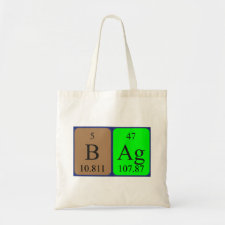
Authors: Ahari H, Razavilar V, Akbari Adreghani B, Motallebi Moghanjoghi AA
Article Title: Nanobiosensor designing with molecular framework polymer method compared with agent-linked nanosilica biosensor for Staphylococcus aureus exotoxin detection.
Publication date: 2014
Journal: Iranian Journal of Fisheries Sciences
Volume: 13
Issue: (3)
Page numbers: 667-683.
Alternative URL: http://www.jifro.ir/files/site1/user_files_eb12be/ahari_h-A-10-413-2-7d97a16.pdf
Abstract: Considering the ever increasing population and industrialization leading to developmental trend of humankind's life, we are hardly able to detect the toxins produced in food products using traditional techniques. In this technique, the production of molecular framework and polymer is done using meta acrylic acid monomers, which are formed via covalence connection between meta acrylic acid monomers (MAA) of white polymer. Here also hydrogenised connection between exotoxin amino acid and meta acrylic acid is made that would function as the selective absorption for that. Then in the second stage, based on the bacterial antibody connection to nanoparticle, a sensor was used. In this part of the research, as the basis for absorption for the recognition of bacterial toxin, medium sized silica nanoparticles of 10 nanometer in the form of solid powder were utilized with Notrino brand. Then the suspension produced from agent-linked nanosilica which was connected to bacterial antibody was positioned near the samples of distilled water, that were contaminated with Staphylococcus aureus bacterial toxin with the density of 10-3 , so that in case any toxin exists in the sample, a connection between toxin antigen and antibody would be formed. Finally, the light absorption related to the connection of antigen to the particle attached antibody was measured using spectrophotometers. The results indicate that the molecular framework polymer sensor is capable of detecting up to the density of 10-3, but not lower than that, whereas using the second sensor, up to 10-4 of density is detectable. Additionally, the sensitivity of the sensors were examined after 60 days and the first sensor by the day of 28 and the second sensor by the 56 day had confirmatory results and started to decrease after those time periods.
Template and target information: Staphylococcus aureus toxin
Author keywords: Nanobiosensor, Staphylococcus aureus, Exotoxin, Molecular Framework Polymer Nanosensor



Join the Society for Molecular Imprinting

New items RSS feed
Sign-up for e-mail updates:
Choose between receiving an occasional newsletter or more frequent e-mail alerts.
Click here to go to the sign-up page.
Is your name elemental or peptidic? Enter your name and find out by clicking either of the buttons below!
Other products you may like:
 MIPdatabase
MIPdatabase









